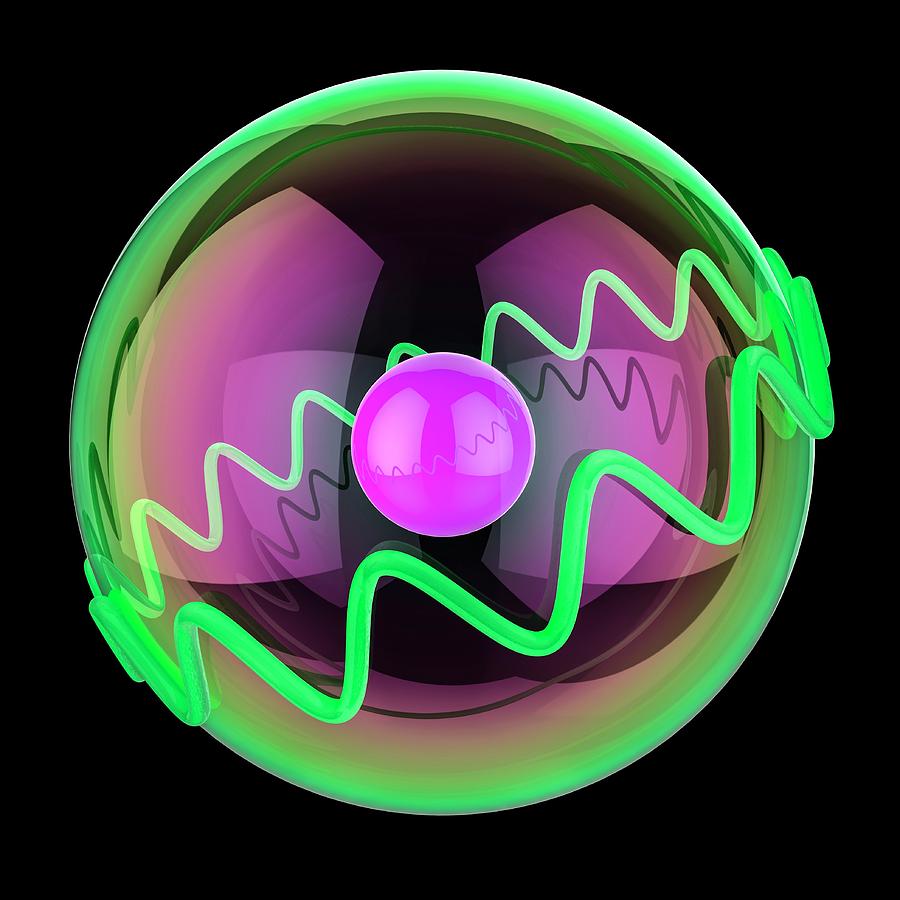
Kelvin probe force spectroscopy (KPFS), owing to its force modulation mechanism, allows us to precisely control the different states of on-surface species signaled by the appearance of a jump in the frequency shift (Δ f) vs. Another fascinating capability of AFM is the possibility to measure directly the interaction forces that induce the adsorbate’s motion and thus, to provide a detailed insight into the interaction force for the target species 35, 36, 37, 38, 39, 40, 41, 42, 43. Moreover, the contrast mechanism of STM is related to the density of electronic states, which is still obscure to investigate the real-space of the atomic configuration 1, 12, 26.Ītomic force microscopy (AFM), as a viable alternative, has been used to provide a precise measurement of the surface configuration, also manipulating atoms and molecules based on its force modulation mechanism 27, 28, 29, 30, 31, 32, 33, 34, 35, 36, 37, 38, 39, 40, 41, 42, 43, 44. However, STM easily induces the stochastic behavior of molecules owing to its flowing current therefore, it might be difficult to precisely control in the desired configuration at atomic level 3, 18. STM provides a unique opportunity for electronically inducing the reactions of a hydrogen atom on this surfaces 3, 10, 18, 21. In particular, hydrogen species on a rutile TiO 2 surface were investigated using various experimental techniques, including scanning tunneling microscopy (STM) 1, 2, 3, 4, 5, 6, 10, 11, 12, 13, 14, 15, 16, 17, 18, 19, 20, 21, 22, 25, 26. Ideally, attacking these problems require to access the atomic scale study of a hydrogen atom on this surface, which remains a great challenge owing to the light mass and small size of the hydrogen atom. Exploring these species requires the fundamental understanding and detailed description of the interaction between oxygen and hydrogen atoms.

Moreover, oxidation of hydrogen atoms by oxygen molecule on the rutile TiO 2 surface results in the reactive oxygen species (ROS), such as reaction intermediates of water species H 2O, HO 2, H 2O 2, and H 3O 2 24, 25. Detail understanding of this adsorbate and its control at atomistic level is essential for fully elucidating the nature of a deprotonated water reaction on a TiO 2 surface 1, 2, 3, 4, 5, 6, 7, 8, 9, 10, 11, 12, 13, 14, 15, 16, 17, 18, 19, 20, 21, 22, 23.

The hydrogen atom detection on a rutile TiO 2 surface is an important topic owing to its intriguing chemical and physical properties related to atomistic water splitting and hydroxyl production on this surface 1, 2, 3, 4, 5, 6, 7, 8.


 0 kommentar(er)
0 kommentar(er)
